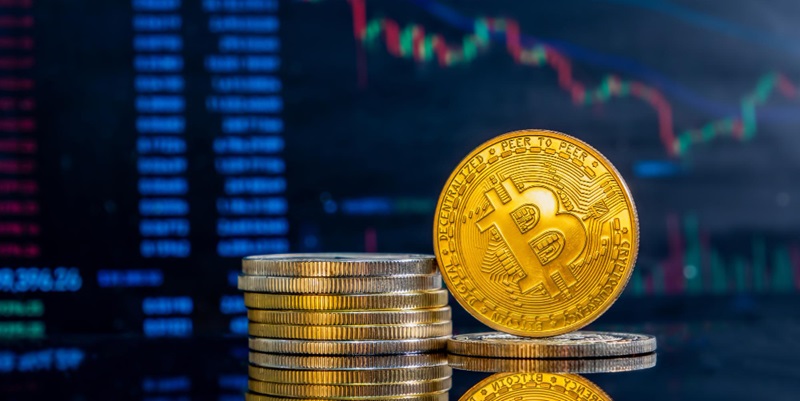The cryptocurrency industry has been marred by controversies and legal battles, and the latest addition to this drama involves the ongoing accusations against OPNX by creditors of CoinFLEX. In a recent development, a writ of summons has been filed in the High Court of Hong Kong, outlining allegations of OPNX’s wrongful use of CoinFLEX’s assets, intellectual properties, and trade secrets without the consent of the creditors. These accusations have given rise to a complex legal battle that has shaken the crypto community.
Background of the case
To understand the context of the accusations, it is important to look at the background of CoinFLEX. The exchange had undergone a restructuring process that had halted the ability of creditors to make withdrawals. Additionally, during this time, Mark Lamb emerged as one of the co-founders of OPNX, another crypto exchange. Lamb’s involvement in OPNX and his concurrent role as the CEO of CoinFLEX have raised concerns among the creditors.
Accusations against OPNX
The writ of summons filed in the High Court of Hong Kong presents a detailed account of the allegations leveled against OPNX. The plaintiffs claim that Mark Lamb, co-founder of OPNX, engaged in the misappropriation of CoinFLEX’s assets, intellectual properties, and trade secrets. It is alleged that Lamb wrongfully used these resources for the benefit of OPNX, without the consent or knowledge of CoinFLEX’s creditors.
Allegations against Mark Lamb
The filing further accuses Mark Lamb of diverting clients and business opportunities from CoinFLEX to OPNX while simultaneously serving as CEO of CoinFLEX. This alleged conduct raises serious ethical and legal concerns, as Lamb is accused of breaching his fiduciary duty towards CoinFLEX and its creditors. Additionally, critics argue that Lamb went so far as to forge a fake non-disclosure agreement, falsely representing OPNX’s association with CoinFLEX creditors to gain an unfair advantage.
Dissatisfaction with CoinFLEX restructuring
The legal action taken by the creditors of CoinFLEX is a response to their dissatisfaction with how the exchange’s restructuring process was handled. The decision to halt withdrawals left creditors in a state of uncertainty, leading to frustration and suspicion. It was only after the restructuring was approved that the creditors claim to have discovered Lamb’s alleged actions against their interests.
Legal proceedings in the High Court of Hong Kong
It is important to note that the allegations against OPNX and Mark Lamb have not been proven in the High Court of Hong Kong. However, the initiation of legal proceedings adds another layer of complexity to the ongoing drama surrounding CoinFLEX. The court’s judgment will play a crucial role in determining the truth behind the accusations and whether the creditors’ claims of OPNX’s wrongful use of CoinFLEX’s assets have merit.
OPNX’s Argument in Favor of Its Model
In response to the accusations, OPNX has put forth its argument in defense of its model. The exchange claims that its platform benefits CoinFLEX creditors by allowing them to sell their claims on the exchange. According to OPNX, this approach provides an opportunity for creditors to recover their investment and potentially benefit from the growth of the crypto market. However, critics question the credibility of this argument, given the serious allegations of misconduct against Mark Lamb and OPNX.
The accusations against OPNX regarding the wrongful use of CoinFLEX’s assets, intellectual properties, and trade secrets without the consent of the creditors have sparked a legal battle that will determine the credibility of these claims. As the case unfolds in the High Court of Hong Kong, the cryptocurrency community anxiously awaits the judgment, which will shed light on the truth behind these allegations and the impact on CoinFLEX and its creditors.

